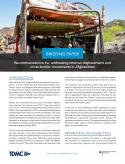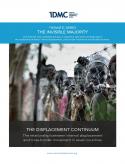Fleeing returnee families wait for registration at the Torkham Afghanistan-Pakistan border crossing area. (Photo: NRC/Jim Huylebroek)
Imagine yourself as a refugee. You're no longer on the move, having escaped the violence some years ago under unspeakable conditions, and have built a new life in your place of refuge. Contrary to the popular misconception that most refugees end up in western countries, you are one of the vast majority who stayed in the region, close to your country so you'll be ready to go back if things ever calm down. Coming out of the first few painful years of living in survival mode, you and your family have now found a community to cling to, your children speak the language and have friends at school, and you eke out a living even though each day is a struggle. Your new profession and wages are still pitiful compared to what you were used to back home.
Lately there has been talk about going home. Maybe you've been hearing that the war has taken a turn, that peace is within reach. Or perhaps people are saying that you'll get some sorely needed financial support if you go back. Maybe the authorities in the country you are living in have announced that you will be deported if you don't go back “voluntarily”. One way or another, you and your family opt to go back. It’s a decision fraught with uncertainty. You don't know what to expect, because there are conflicting reports from your region, and you find yourself constantly wondering what kind of "home" you might be going back to.
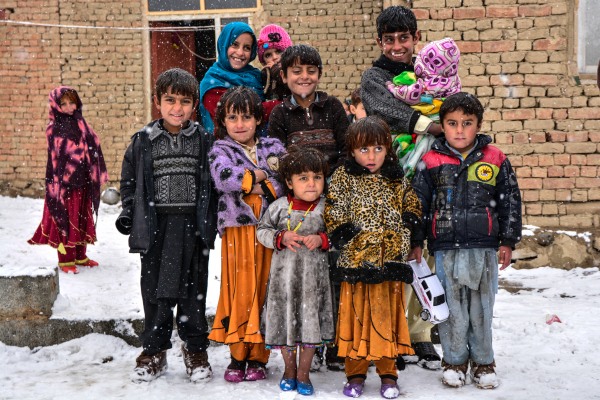
Afghan returnee children in the outskirts of Kabul city. (Photo: NRC/Enayatullah Azad)
For every thousand refugees returning home, there are a thousand different stories. Their repatriation was a topic of discussion at UNHCR's annual consultations with NGOs on 14 to 16 June. The gathering gave a voice to local organisations and global advocates in shaping the development of a robust global compact on responsibility sharing for refugees. At Friday's session on voluntary repatriation, participants discussed how to help refugees return to their home countries in safety and dignity. IDMC moderated a breakout session and came away with two prerequisites for the compact's provisions on durable solutions for refugees.
1. We need to adopt shared definitions and collect better data across the displacement continuum
Take the case of Afghanistan, where refugees and undocumented migrants have been returning in droves from Pakistan, Iran and Europe. The debate on the "voluntary" nature of some of their returns has been contentious, and rightly so. The resources a family has upon their return have a significant impact on their chances of reintegrating successfully, and people forced to return inevitably have less time to prepare and gather supplies.
Less than half of Afghans returning are able to resettle in their place of origin, instead needing to settle elsewhere because of conflict, lack of access to land, housing, livelihoods and basic services, including water, sanitation, education and healthcare. Some had been registered as refugees and so return with some cash assistance, but others are lucky if they arrive with the same meagre resources they left with. They may be back on the other side of the border, but many have been unable to achieve durable solutions. They have become, and should be considered, internally displaced people (IDPs).
The country's national policy on IDPs refers explicitly to this reality, widening the definition of an IDP to include returning refugees and deported migrants who are unable to resettle in their original, ancestral homes. It also determines that displacement only ends when a person finds “a place to live with security of tenure, access to basic services and livelihood on a par with others who were not displaced”.
We need to reach a broad consensus that this is the case, and that those affected qualify for protection and assistance as any other IDP would. We then need to collect data that covers the entire displacement continuum, from internal displacement to cross-border movements and back again. Any provisions on durable solutions for refugees in the global compact’s programme of action should also reflect this reality.
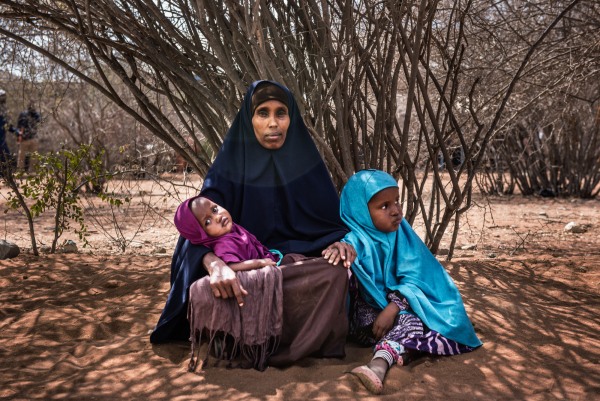
Somali refugees family living in Dadaab camp registers to return to Somalia. (Photo: NRC/Fredrik Lerneryd)
2. The Guiding Principles on Internal Displacement provide the right blueprint for tackling this set of vulnerabilities
Once we start speaking a shared language, we can agree a common framework to address needs and vulnerabilities across the displacement continuum. The text of the global compact as it stands calls upon countries of origin to receive their nationals back "in a safe, dignified and humane manner and with full respect for human rights in accordance with obligations under international law".
Luckily for the drafters, there is already a collection of international human rights law that provide just such a blueprint. The Guiding Principles on Internal Displacement are not rights that are magically activated by granting someone status as an IDP. They are applicable to anyone living in the country in question, displaced or not. Legal experts painstakingly bundled these rights to reflect the specific vulnerabilities of people who have been forced to flee the effects of conflict or violence, but are still under the protection of the national government. Any programme of action for repatriated refugees would do well to call upon states to integrate the Guiding Principles into their national laws and policies.
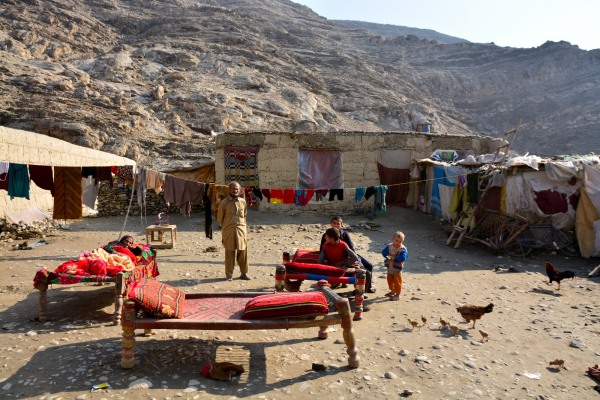
Afghan returnees in Nangarhar. (Photo: NRC/Enayatullah Azad)
From words to action
Even if these two recommendations are taken on board, it will be the first of many steps. The next will be to turn them into reality for people affected by displacement. That is where those who respond to more “classic” internal displacement situations still struggle, as the ever-rising numbers of IDPs attests to. Those same responders, however, have collected decades of good practices to emulate and bad ones to avoid. Building on their expertise will help today's returning refugees move toward durable solutions to their displacement, and could keep them from becoming tomorrow's IDPs.
This article has been published to coincide with World Refugee Day and the new displacement figures issues by UNHCR, for more information please visit: http://www.unhcr.org/news/stories/2017/6/5941561f4/forced-displacement-worldwide-its-highest-decades.html

